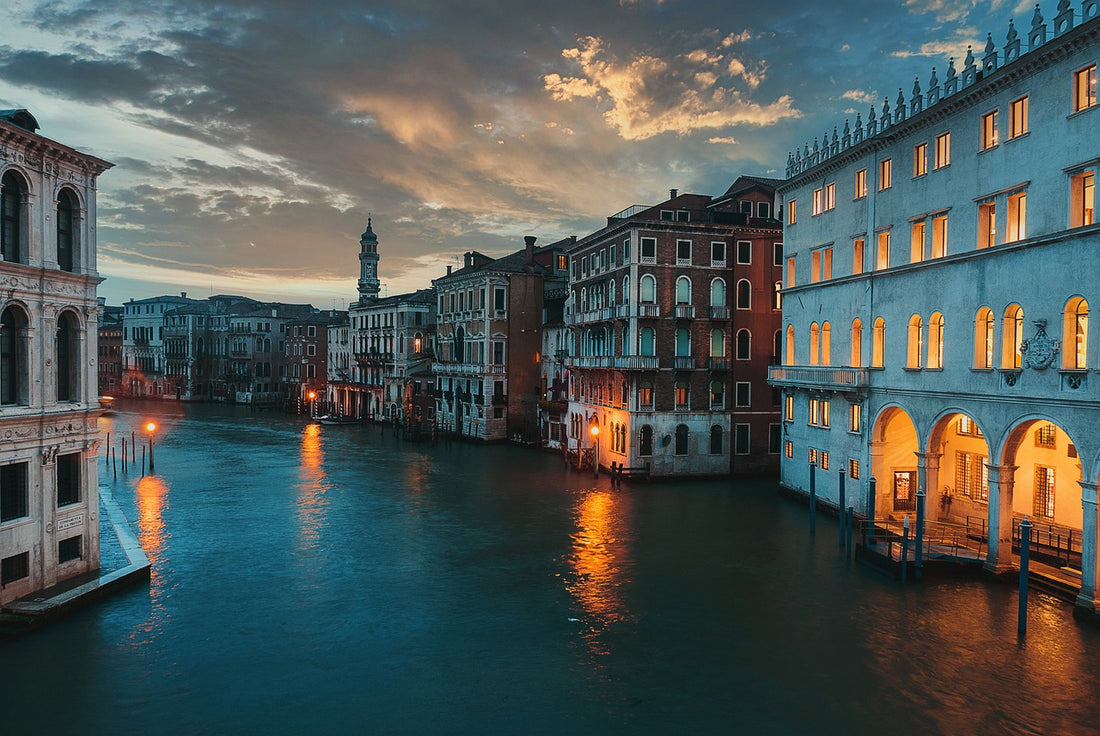
Italian Travel Phrasebook: Essential Phrases and Grammar Tips for Your Journe
Share
An Italian Travel Phrasebook is your perfect companion for overcoming these hurdles. In this guide, we’ll not only explore essential Italian travel phrases but also dive into some basic grammar tips to help you make the most of your trip. Whether you’re a beginner or brushing up on your skills, this guide is tailored to help English speakers communicate effectively while exploring la bella Italia.
Why Learn Basic Italian?
Although many Italians speak English, especially in tourist areas, making the effort to use Italian can enhance your travel experience in several ways:
- Cultural Connection: Italians appreciate when visitors attempt to speak their language, and it can lead to more authentic interactions.
- Practical Situations: Simple phrases can help you handle situations where English isn’t understood, like in rural areas or local markets.
- Confidence Building: Knowing you can communicate basic needs reduces stress and makes travel more enjoyable.
Essential Travel Phrases
1. Greetings and Politeness
First impressions matter, and polite greetings go a long way in Italy.
- Buongiorno – Good morning / Good day
- Buonasera – Good evening
- Ciao – Hello / Goodbye (informal)
- Per favore – Please
- Grazie – Thank you
- Prego – You’re welcome
- Mi scusi – Excuse me / I’m sorry
- Posso...? – May I...?
2. Asking for Directions
Navigating the winding streets of Italian cities is much easier with these phrases:
-
Dov’è... ? – Where is...?
Example: Dov’è il bagno? (Where is the bathroom?) - Come posso arrivare a...? – How can I get to...?
- È vicino? – Is it nearby?
- A sinistra – To the left
- A destra – To the right
- Sempre dritto – Straight ahead
3. Ordering Food and Drinks
Italian cuisine is one of the highlights of any trip. Knowing how to order confidently can make dining more enjoyable:
-
Vorrei... – I would like...
Example: Vorrei una pizza margherita. (I would like a margherita pizza.) - Un tavolo per due, per favore. – A table for two, please.
- Il conto, per favore. – The check, please.
- Acqua naturale o frizzante? – Still or sparkling water?
- Caffè – Coffee (Note: A simple "caffè" in Italy means espresso.)
Grammar Tips for Travelers
1. Articles and Genders
Italian nouns have genders: masculine or feminine. The definite and indefinite articles change depending on the noun's gender and number.
-
Masculine Singular:
- Definite: il (e.g., il treno – the train)
- Indefinite: un (e.g., un museo – a museum)
-
Feminine Singular:
- Definite: la (e.g., la strada – the street)
- Indefinite: una (e.g., una piazza – a square)
Plural forms also change:
- Masculine Plural: i (e.g., i ristoranti – the restaurants)
- Feminine Plural: le (e.g., le chiese – the churches)
2. Useful Verb Conjugations
Italian verbs change based on the subject and tense. For travel, focus on these three essential verbs in the present tense:
-
Essere (to be):
- Io sono – I am
- Tu sei – You are
-
Avere (to have):
- Io ho – I have
- Tu hai – You have
-
Andare (to go):
- Io vado – I go
- Tu vai – You go
Example: Io sono turista. (I am a tourist.)
3. Asking Questions
In Italian, you can often turn a statement into a question by changing your intonation.
- Tu parli inglese? – Do you speak English?
- C’è un supermercato vicino? – Is there a supermarket nearby?
Conclusion
An Italian Travel Phrasebook is an invaluable tool for making your trip to Italy smoother and more enjoyable. Knowing essential phrases and understanding basic grammar gives you the confidence to navigate daily situations, connect with locals, and immerse yourself in Italian culture.
Whether you’re strolling through the cobblestone streets of Rome, bargaining at a market in Florence, or enjoying the Amalfi Coast’s breathtaking views, speaking Italian—even just a little—can transform your travel experience.
Start practicing today, and soon you’ll be ready to say, “Andiamo!” (Let’s go!)
